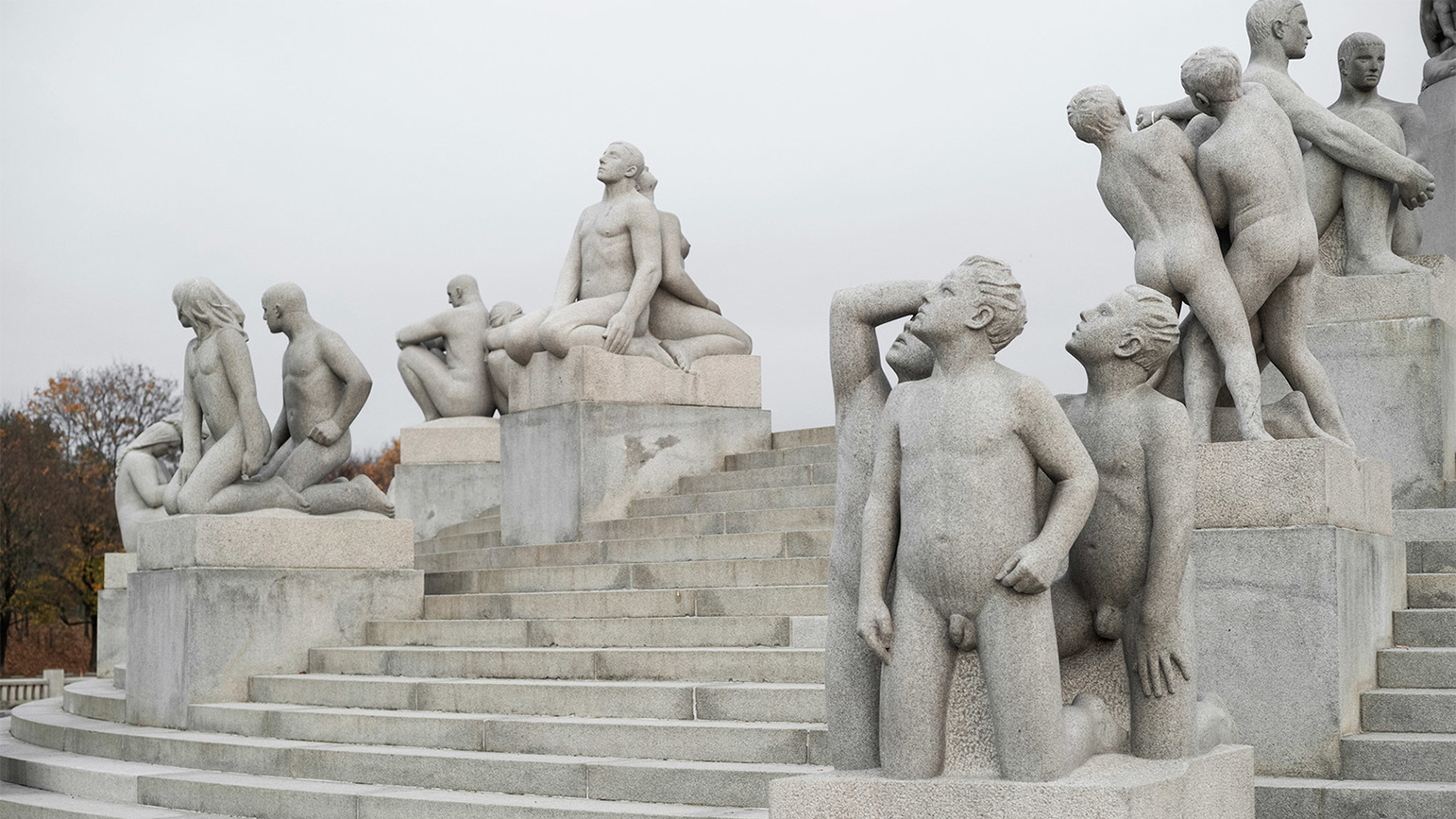
Professor Maria Elena Versari has been selected as one of the speakers at the prestigious Vigeland Seminar, which will take place in Oslo, Norway, June 12 and 13. This year’s theme is “Boundaries or no Boundaries – Sculpture in the Intersection between Nationalism and Internationalism” and Dr. Versari will talk about her current work on Futurist sculpture of the 1920s and 1930s and its problematic relationship with the modernist canon.
At the turn of the 20th century a radical transition occurred in the artistic sphere. New national states had emerged, and artists played an important role in building these nations. They produced national monuments for public places and represented their country at the world fairs. At the same time, art in this period developed in an international direction. Artists moved across borders to an ever-increasing degree, alternative markets for the acquisition and sale of art popped up and new opportunities for exhibiting appeared. Artists and the art field became increasingly transnational. Still, national identities and national groups have continued to play a significant role in our understanding and dealing with art – and so has the organization of art and artists into art historical schools. Not until recently has this way of dealing with art been called into question, for example at the Venice biennial, where the concept of national pavilions has been criticized. The same tendency was seen in documenta fifteen, which was globally oriented. Documenta fifteen also focused on collaborative projects, dismantling the boundaries between both artistic disciplines and also between the artist and the spectator.




